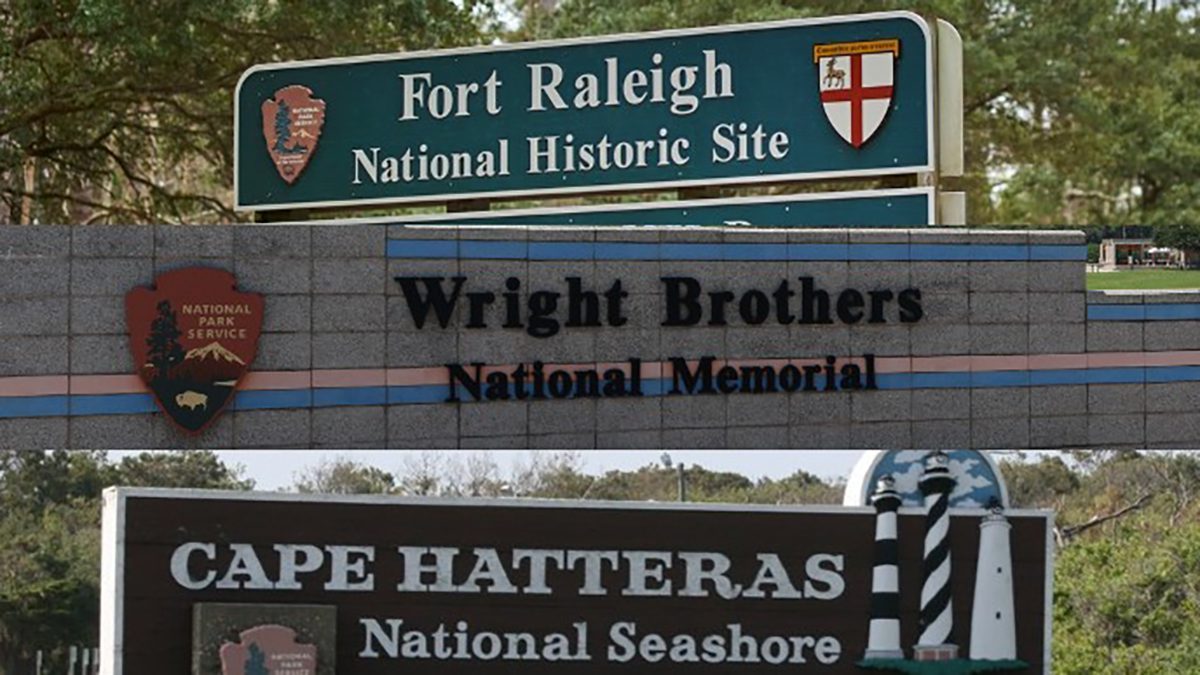
Published in collaboration with WOBX and Island Free Press.
Update Oct. 2: The U.S. House and Senate have approved a continuing resolution that funds federal government operations through Nov. 17, according to the Oct. 1 Island Free Press update.
Supporter Spotlight
President Biden signed the bill into law prior to the end of the fiscal year on Saturday night that, among other things, puts on hold a potential closure of the three national parks located on the Outer Banks.
Original Story “National Park Service plans unclear as shutdown looms” published Friday:
The timing for a shutdown couldn’t be worse for visitors and locals who enjoy the activities available at the National Park Service Outer Banks Group’s three parks: Cape Hatteras National Seashore, Wright Brothers National Memorial and Fort Raleigh National Historic Site.
It would be the third shuttering of most federal government operations in the last decade.
National Park Service officials have not been able to comment on what their plans are if the shutdown happens starting Sunday morning.
Supporter Spotlight
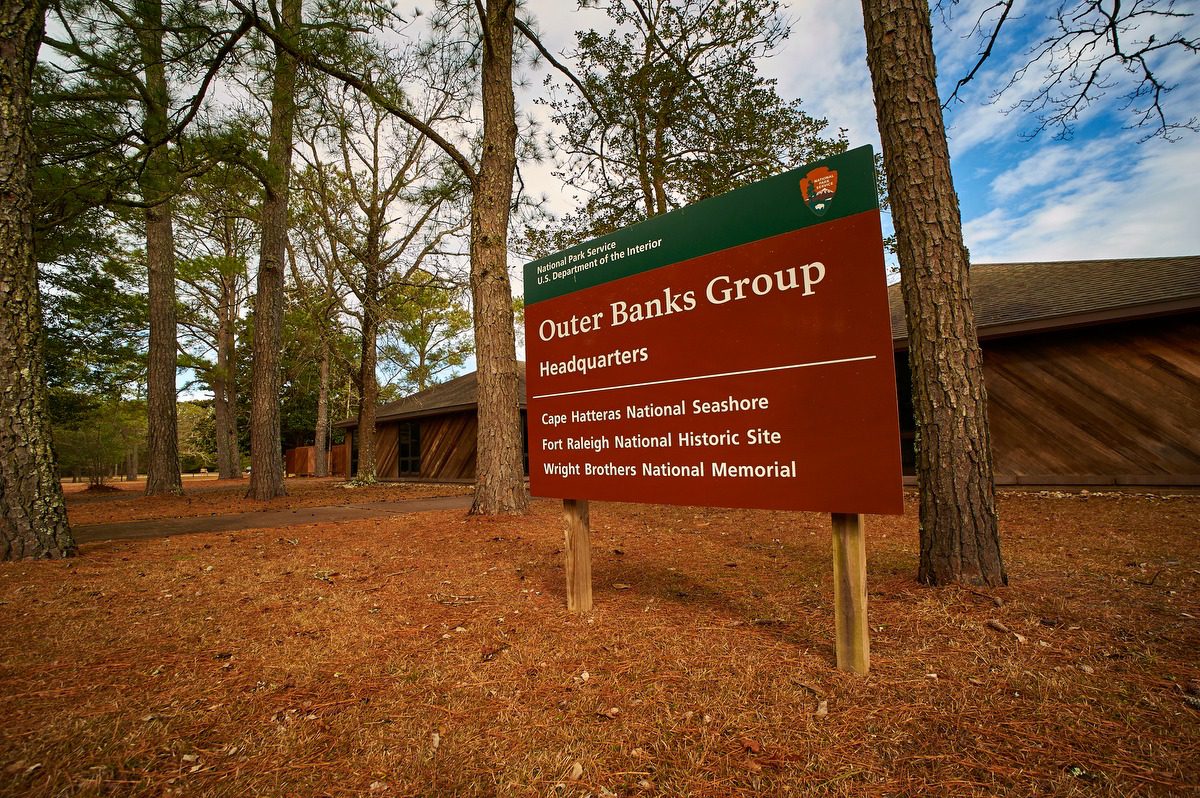
The Department of the Interior’s preparations for a shutdown are not available online, as The White House webpage link is to a plan dating back to 2017.
With no federal government spending plan or continuing resolution in place, parks would lack the regular funds used for daily operations, NC Newsline reports.
The National Park Service furloughed about seven out of every eight workers during shutdowns in October 2013 and December 2018-January 2019, according to a report last week from the Congressional Research Service.
But the Interior Department took different approaches to visitor access in each shutdown under presidents of different parties.
In 2013, under Democratic President Barack Obama, the three parks facilities were shuttered and visitors told to leave during the partial government shutdown that lasted 16 days.
That full closure happened when the fall fishing season was in high gear and large numbers of sea turtle nests were inside their hatch windows from Coquina Beach to Ocracoke Inlet. Concessionaires like Avon Pier and Oregon Inlet Fishing Center were initially not allowed to operate, but reopened two weeks later.
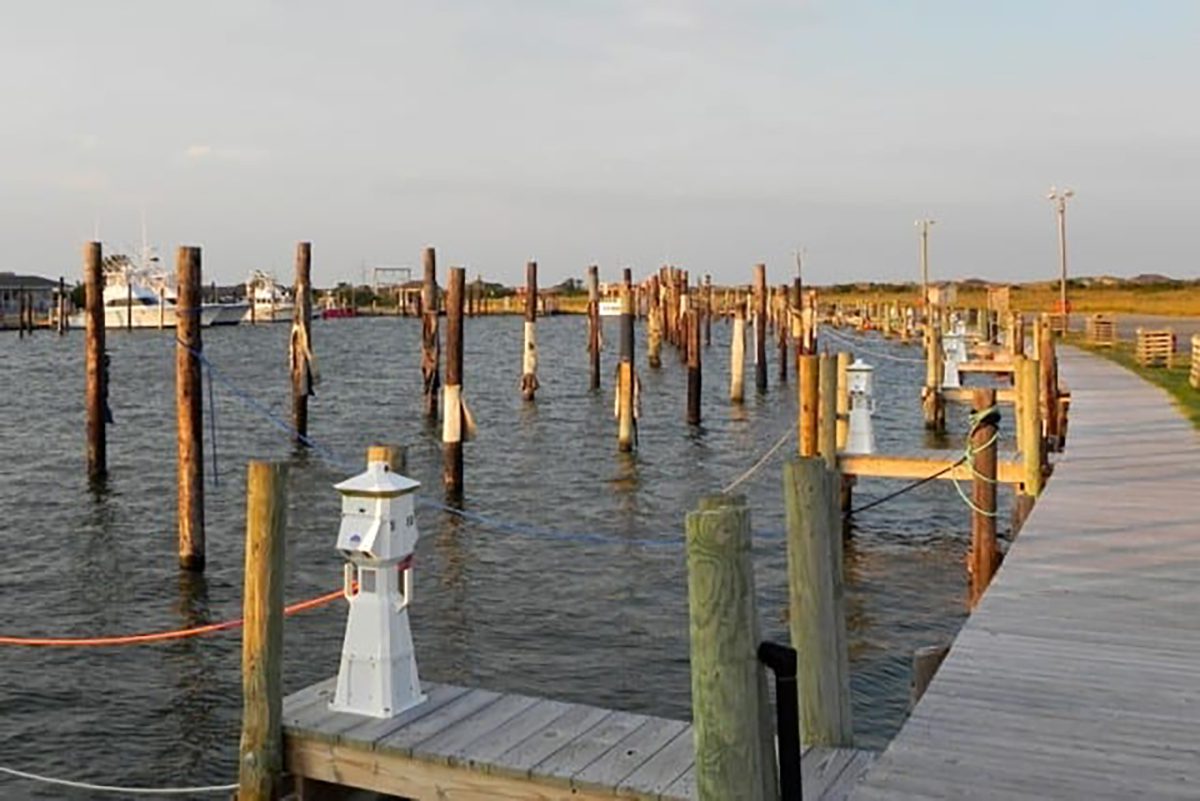
Park roads to the Cape Hatteras and Bodie Island lighthouses, beach access parking areas and off-road vehicle ramps were blocked. The First Flight, Billy Mitchell and Ocracoke airstrips were shut down.
The closure spurred a protest in Buxton, with 100 to 150 people marching from N.C. 12 to the old Cape Hatteras Lighthouse site.
Nationally, the 16-day 2013 shutdown resulted in a loss of $2.4 million to the Outer Banks economy alone, according to a 2014 NPS report cited by the Congressional Research Service.
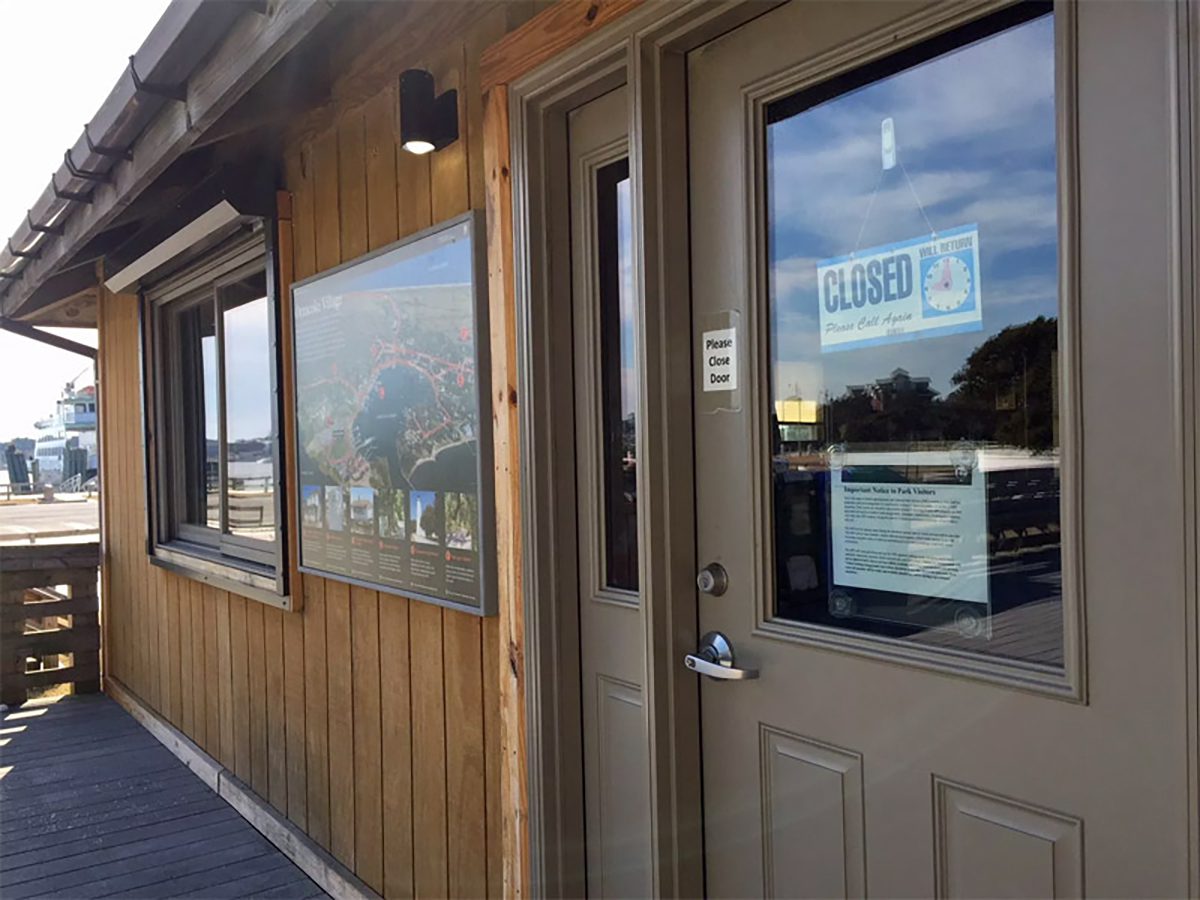
In 2018 and 2019, under Republican President Donald Trump, most parks remained at least partially open with services reduced. In part, that approach relied on visitor fees, which an independent federal oversight agency said was likely illegal.
But the gates were still closed to areas like the Wright Brothers National Memorial, but that didn’t stop visitors from trying to access the grounds in Kill Devil Hills.
Vehicles filled the entrance gate area along U.S. 158 on the first day before cones were put in place to block the driveway.
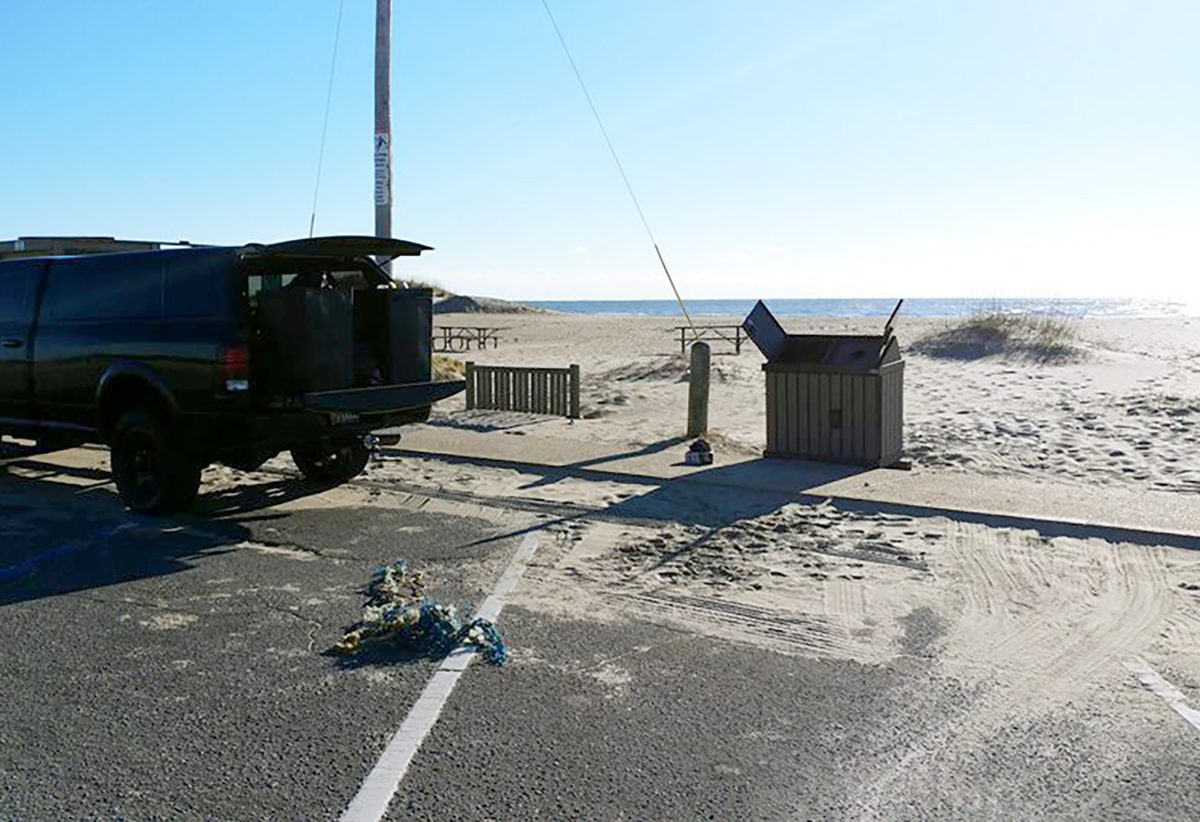
That shutdown lasted 35 days and was over December and January, when visitor levels are usually at their lowest. Seven to 10 staff members, mainly law enforcement rangers, of the National Park Service’s 90 total employees in the Outer Banks Group were working intermittently, while all other personnel were furloughed.
It was marked by vandalism and trash piling up at parks across the country, as well as incidents of people illegally driving on the Cape Hatteras National Seashore beaches, illegal camping on the beach, and isolated damage to facilities.
Volunteers coordinated by the North Carolina Beach Buggy Association emptied trash cans and pick up litter in the national seashore.
Outer Banks residents, businesses, civic organizations and local governments stepped in to help Park Service, U.S. Coast Guard and other federal workers who lost their primary source of income. The Town of Manteo waved late fees on utilities and other payments, and local restaurants offered free meals and food pantries extended hours.
The shutdown delayed several projects that had been planned for 2019 in the parks. But it did not slow visitation that year, which set a new record that has since been eclipsed.
N.C. Newsline reports that U.S. Sen. John Barrasso, a Wyoming Republican and ranking member of the Senate Energy and Natural Resources Committee that has jurisdiction over the Park Service, wrote to Interior Secretary Deb Haaland last week asking to use visitor fees to cover operational costs during a shutdown.
The NPS used fees collected under the Federal Lands Recreation Enhancement Act to keep parks open to visitors during the last shutdown and could do so again, he said.
“Your judicious use of FLREA fees will protect the millions of people who plan and save for trips to these special places, ensure that gateway communities that rely on park visitation for jobs and economic stabilities do not needless suffer, and sustain the dedicate National Park Service employees who rely on a regular paycheck,” Barrasso wrote.
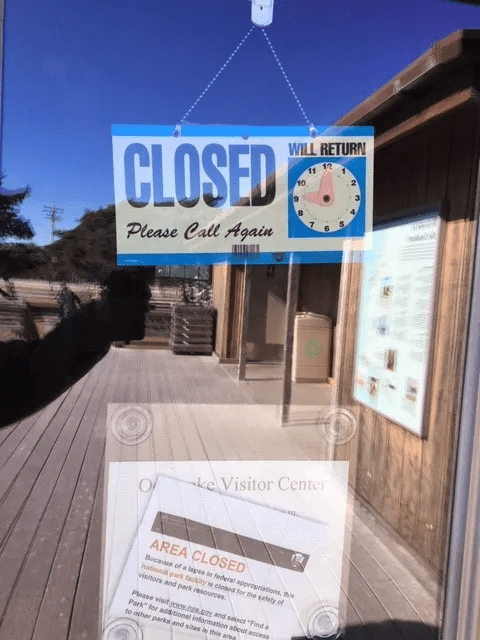
But the Trump administration’s use of those funds was illegal, the Government Accountability Office found, as those fees were supposed to be used for other purposes.
So if Congress decides not to act before Saturday night, and at least come up with a temporary solution, there’s a good chance the chains will be up at the ramps and the doors locked on the bathrooms at the Outer Banks’ national parks when the sun rises Sunday morning.
Coastal Review collaborates with Island Free Press and WOBX to provide readers important news of the North Carolina coast.








